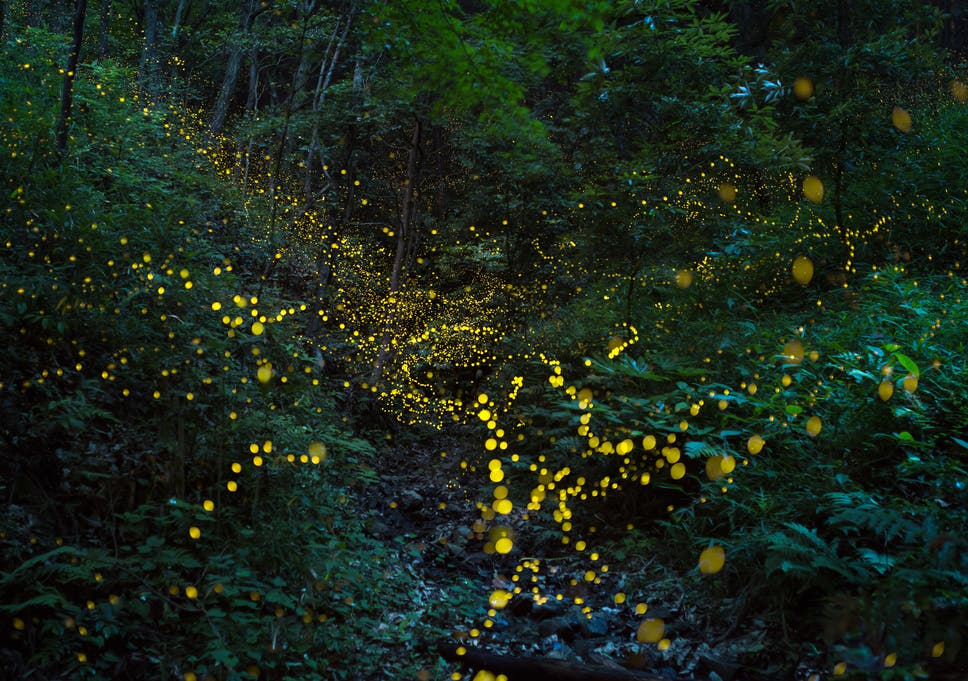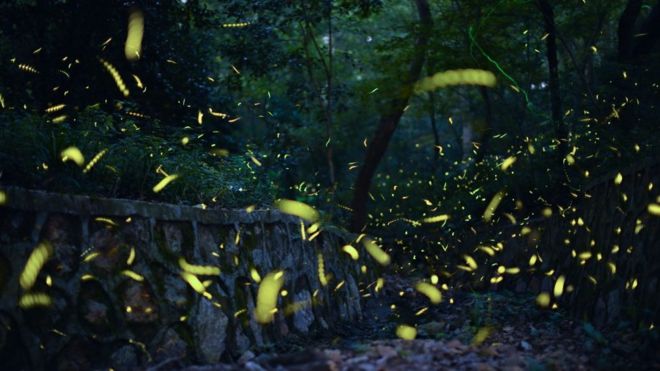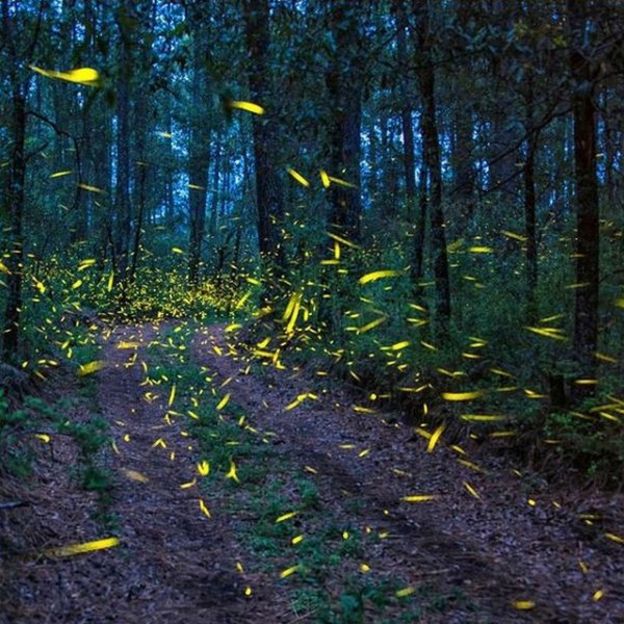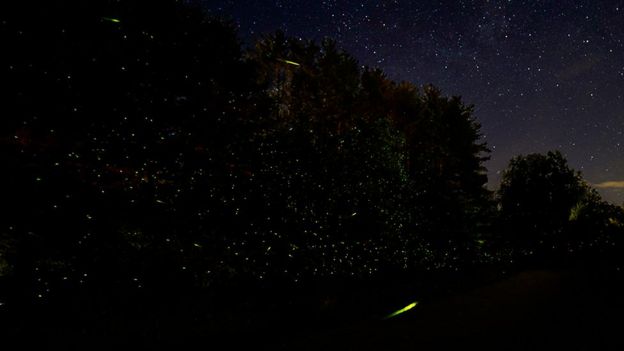Fireflies have a potential -- protective 'musical armor' against bats
How do fireflies defend themselves against predators?

IMAGE: NEW STUDY REVEALS: FIREFLIES PRODUCE STRONG ULTRASONIC SOUNDS THAT MIGHT DETER BATS, POTENTIALLY SERVING AS A KIND OF 'MUSICAL ARMOR' AGAINST THESE PREDATORS. view more
CREDIT: BRANDON ALMS
A new study at Tel Aviv University reveals a possible defense mechanism developed by fireflies for protection against bats that might prey on them. According to the study, fireflies produce strong ultrasonic sounds - soundwaves that the human ear, and more importantly the fireflies themselves, cannot detect. The researchers hypothesize that these sounds are meant for the ears of bats, keeping them away from the poisonous fireflies, and thereby serving as a kind of 'musical armor'. The study was led by Prof. Yossi Yovel, Head of the Sagol School of Neuroscience, and a member of the School of Mechanical Engineering and the School of Zoology at the George S. Wise Faculty of Life Sciences. It was conducted in collaboration with the Vietnam Academy of Science and Technology (VAST). The paper was published in iScience.
Fireflies are known for their unique glow, used as a mating signal. Since their bodies contain poison, the light flashes probably also serve as an aposematic signal (a warning to potential predators). This signal is also the firefly's weakness, simply because it makes it an easy target for predators. Bats are among the fireflies' most prevalent potential predators, and some bats have poor vision, rendering the flashing signal ineffective. This led the researchers to check whether fireflies had some additional layer of protection against bats.
Prof. Yossi Yovel explains that the idea for this study came up accidentally, during a study that tracked bats' echolocation. "We were wandering around a tropical forest with microphones capable of recording bats' high frequencies, when suddenly, we detected unfamiliar sounds at similar frequencies, coming from fireflies," he recalls. "In-depth research using high-speed video revealed that the fireflies produce the sound by moving their wings, and that the fireflies themselves can't hear this frequency. Consequently we hypothesized that the sound is not intended for any internal communication within the species," adds Ksenia Krivoruchku, the PhD student who led the study.
Following the accidental discovery, the team at Prof. Yovel's laboratory examined three different species of fireflies that are common in Vietnam (Curtos Luciola, Sclerotia) plus one Israeli species (Lampyroidea), and found that they all produce these unique ultrasonic sounds, but cannot hear them.
Can it be concluded that fireflies have developed a special defense mechanism specifically for bats? Prof. Yovel emphasizes that this claim was not proved in the study, but several features do point to this conclusion. First of all, the fact that the fireflies themselves can't hear the sound, while bats can both hear it and use it to find the fireflies - so it's more likely that it serves as a warning signal. Krivoruochku adds that the discovery of ultrasonic sounds in fireflies is in itself an important contribution to the study of predator-prey relations: "The idea of warning signals that the sender itself cannot detect is known from the world of plants but is quite rare among animals. Our discovery of the 'musical battle' between fireflies and bats may pave the way for further research, and possibly the discovery of a new defense mechanism developed by animals against potential predators."
###



















